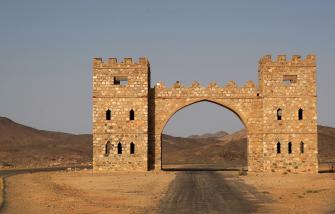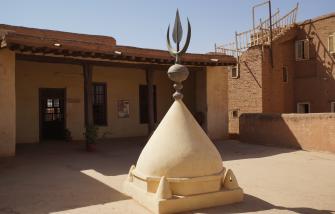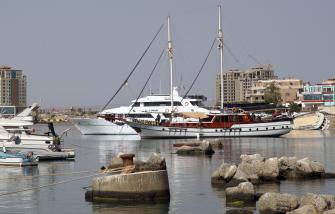Erkowit is a kind of Sudanese Davos. It is situated 40 kilometres from the shores of the Red Sea in the Red Sea Mountains at a breath-taking altitude of 1100 metres. Due to this location, it boasts a unique flora and fauna. Read more ...

1898 to 1956 AD
Anglo-Egyptian rule
After the suppression of the Mahdiya, the British Empire and Egypt formally shared the governance of Sudan. On the ground, Sudan was a British colony. Horatio Herbert Kitchener became governor general of Sudan in 1898. Reginald Wingate succeeded him only a year later.
The development of Sudan proceeded unevenly under colonial rule. North and south were administered as separate provinces of the condominium. Investment focussed on the north, developing infrastructure and economy. Telegraph and railway lines were extended to link key points, but services did not reach more remote areas. Port Sudan opened in 1906, replacing Suakin as the country's principal port on the Red Sea. In 1911, the British administration and the private Sudan Plantations Syndicate launched the Gezira Scheme, a large-scale irrigation project which was to bring large tracts of land between the Blue and the White Niles south of Khartoum under cultivation. It made cotton – then destined for Britain's textile industry – the mainstay of the Sudanese economy, and turned the region into Sudan's most densely populated area.
In 1943, the British began preparing the north for self-government. In 1946, they reversed this policy, deciding to integrate north and south Sudan under one government.


